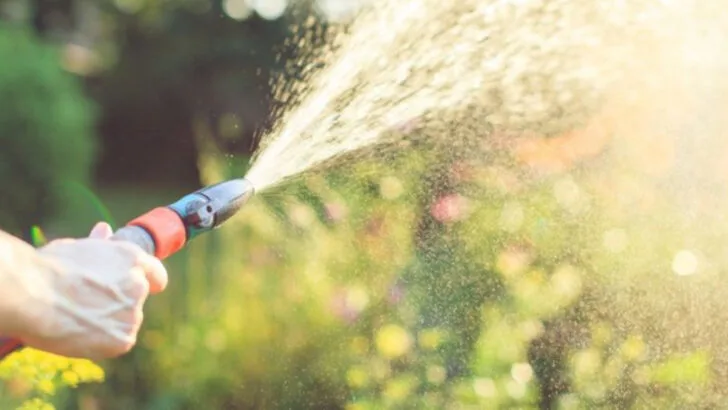Gardening advice gets passed around like old family recipes, some of it helpful, some of it outdated, and a fair bit of it just plain wrong. From how often to water to what you should be planting near tomatoes, there’s no shortage of strong opinions. The tricky part is figuring out which tips are actually useful and which ones are doing more harm than good.
A lot of these myths sound convincing because they’ve been repeated so often, but plants don’t care about tradition, they care about what actually works. So if you’ve been following certain rules that never seem to lead to better results, it might be time to rethink them. Here are 20 gardening myths that deserve a closer look and why it’s totally fine to stop believing them.
Myth 1: Watering Plants in Sunlight Scorches Leaves
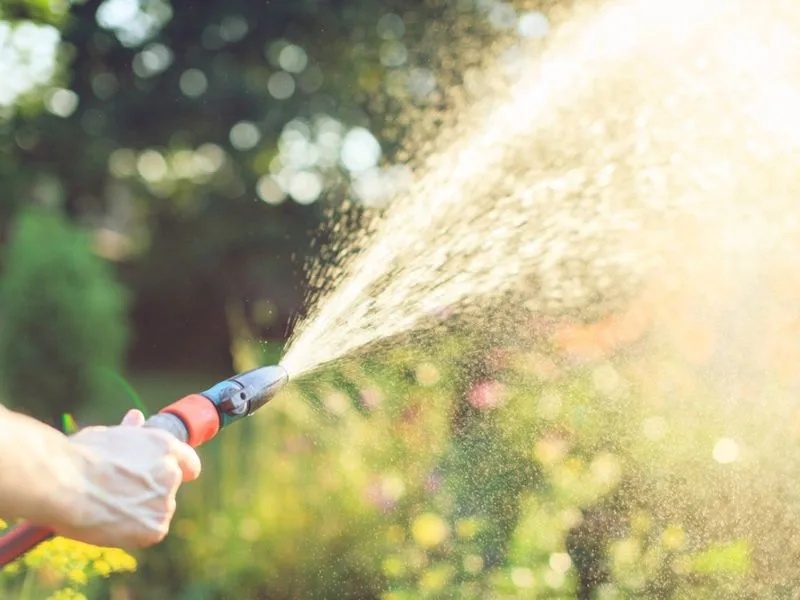
It’s often said that watering plants under the sun can burn the leaves. However, this is a misconception. The sun’s rays are not intensified to the point of causing burns. In fact, water can quickly evaporate in the sun, thus minimizing any potential harm.
The primary concern should be water efficiency, as watering during the hottest part of the day leads to evaporation loss. By focusing on the right timing, such as early morning or late afternoon, you can conserve water and ensure your plants receive adequate moisture without fear of scorching.
Myth 2: Compost Piles Must Smell Bad
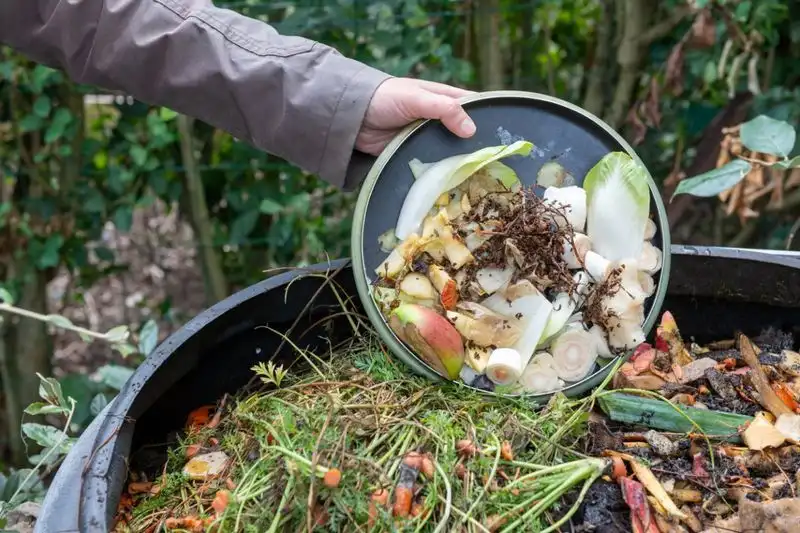
A common belief is that compost piles are synonymous with foul odors. In reality, a well-maintained compost pile should smell earthy rather than pungent. The key is balance – ensuring the right mix of green and brown materials, like vegetable scraps and dried leaves.
Proper aeration is crucial to avoiding unpleasant smells. Regularly turning the pile adds oxygen, aiding in decomposition and preventing odor. If your compost smells bad, it’s a sign something is off balance, not a given trait.
Myth 3: All Insects in the Garden are Harmful
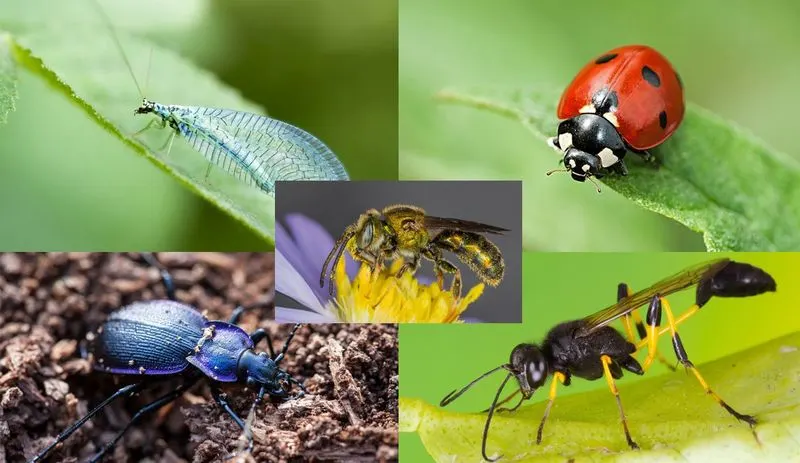
Many gardeners dread insects, assuming all are harmful to plants. This myth overlooks the myriad beneficial insects that can actually help your garden thrive. Ladybugs, for instance, are natural pest controllers, feeding on aphids and other pests.
Encouraging a diverse insect population can aid in reducing the need for chemical pesticides. Understanding the role each insect plays helps in creating a balanced ecosystem that supports healthy plant growth.
Myth 4: More Fertilizer Means Healthier Plants
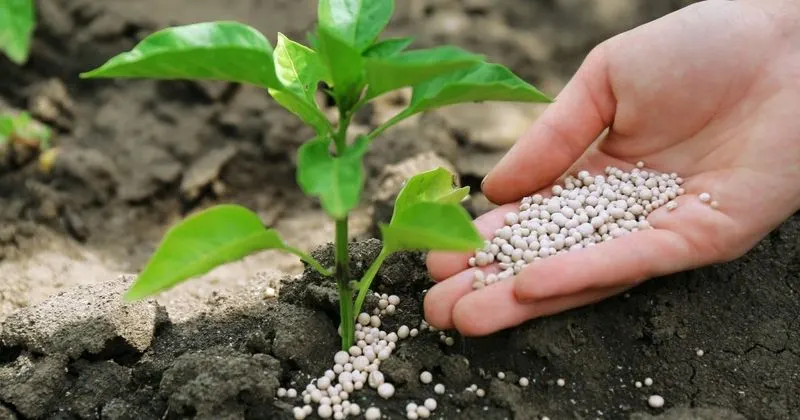
The notion that more fertilizer leads to healthier plants is misleading. Over-fertilization can harm plants by burning roots and altering soil pH, thus hindering growth. It’s vital to follow recommended guidelines and understand the specific needs of each plant.
Using organic fertilizers can provide a slow, steady release of nutrients, aligning more naturally with plant growth cycles. Remember, a balanced approach is key to maintaining healthy plants.
Myth 5: Plants Need Daily Watering
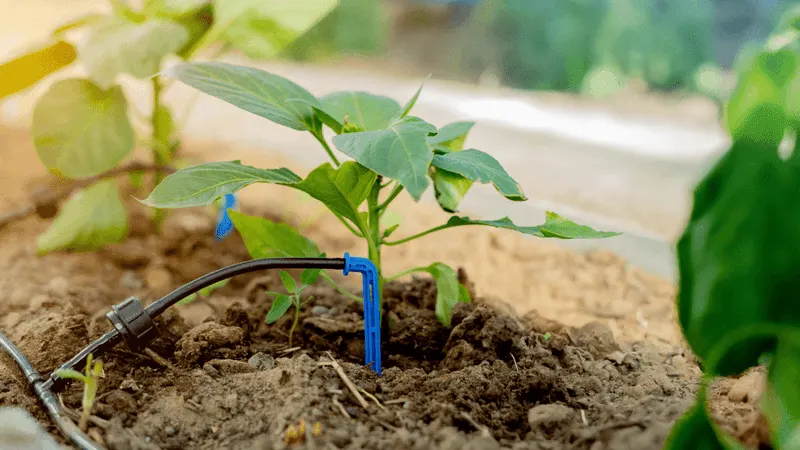
A frequent watering schedule might seem beneficial, but plants don’t always need daily watering. Over-watering can lead to root rot and other issues. It’s better to monitor soil moisture and water deeply, but less frequently.
This approach encourages roots to grow deeper, making plants more drought-resistant. Tailor your watering schedule to the specific needs of your garden and be mindful of weather conditions.
Myth 6: You Can’t Grow Food in the Shade
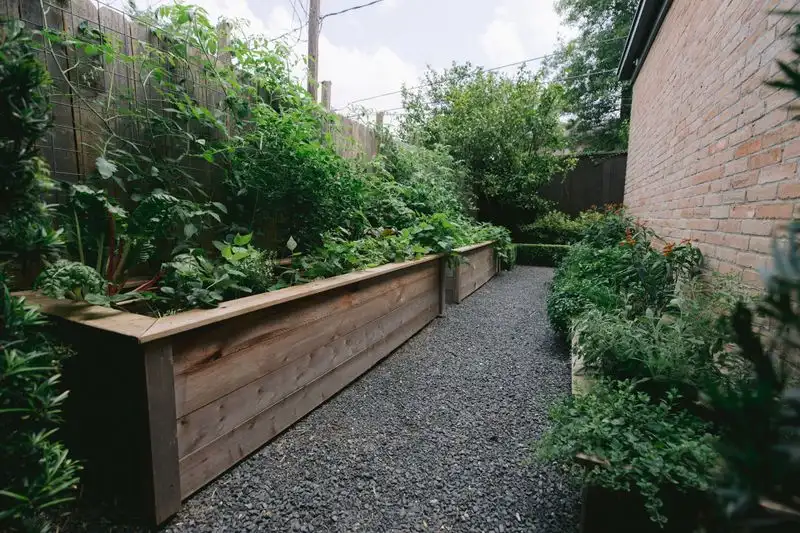
The belief that food can only be grown in full sun is a myth. Many vegetables, such as leafy greens and some root crops, thrive in partial shade. Understanding the light requirements of different crops enables gardeners to maximize their growing spaces.
By experimenting with different planting areas and observing plant health, gardeners can successfully produce food even in less sunny locations. Shade can actually provide a cooler microclimate that benefits certain plants.
Myth 7: Organic Pesticides are Harmless
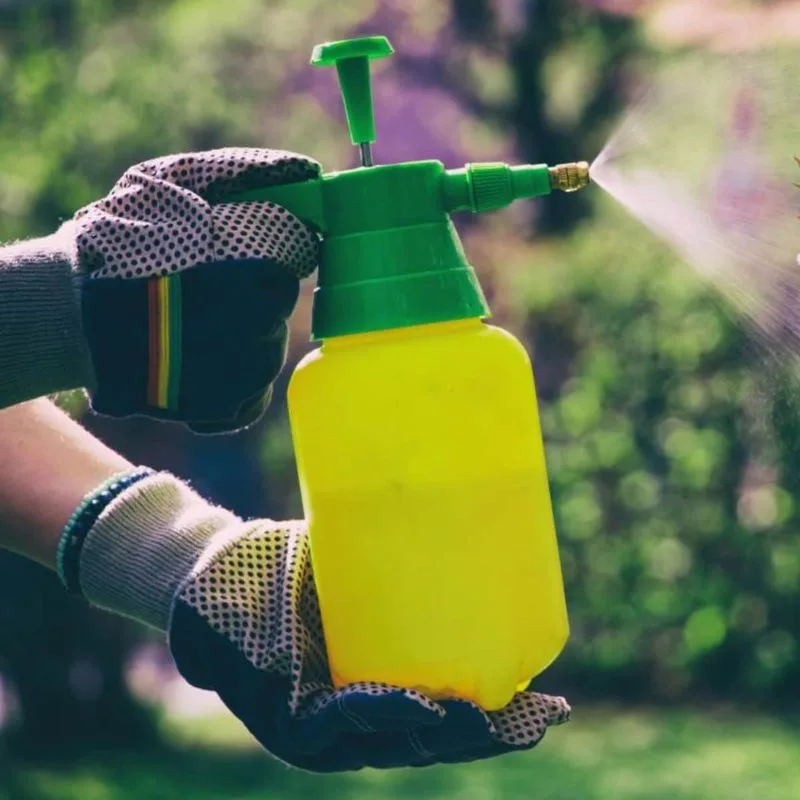
Organic pesticides are often seen as completely safe, yet they can still be harmful if not used properly. Just like synthetic pesticides, organic versions need careful handling and application.
Organic doesn’t always mean non-toxic. For example, some organic pesticides can harm beneficial insects or aquatic life. It’s essential to read labels, follow instructions, and consider the overall impact on your garden ecosystem.
Myth 8: Peat Moss is Essential for Gardens
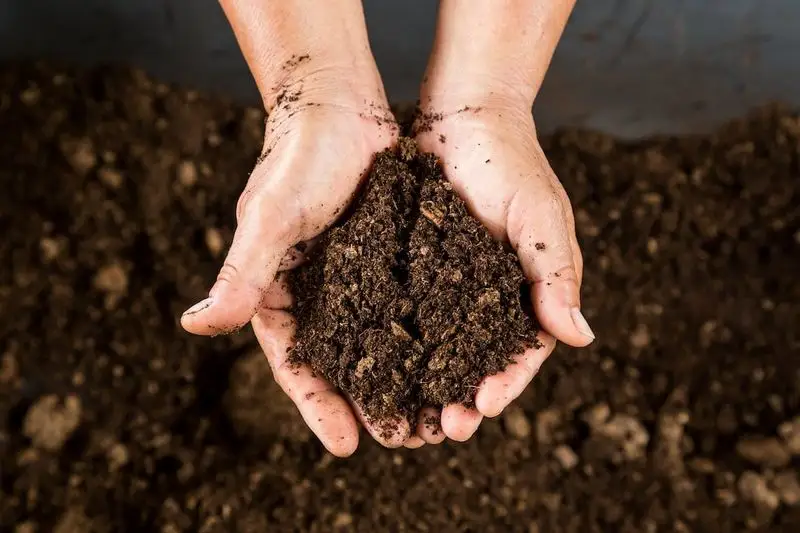
Peat moss has long been touted as a necessary soil amendment, but its environmental impact is significant. Harvesting peat moss destroys bog ecosystems, contributing to carbon emissions.
Alternatives like coconut coir and compost are sustainable options that improve soil structure and fertility. Embracing eco-friendly practices not only benefits your garden but also the planet.
Myth 9: Deadheading Flowers is Pointless
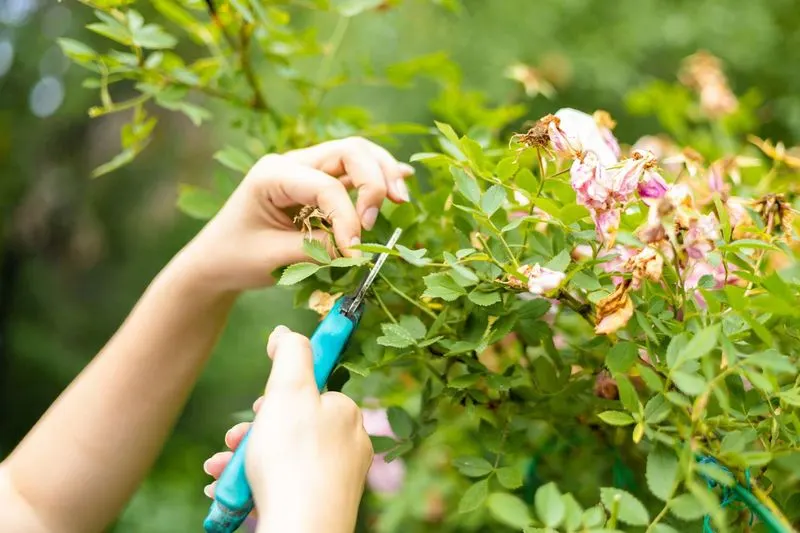
Some believe deadheading flowers is a waste of time, yet it promotes continuous blooming. Removing spent blooms redirects the plant’s energy into producing new flowers rather than seeds.
This simple technique enhances the overall appearance of your garden, keeping it vibrant throughout the season. It’s a rewarding task that fosters healthier, more prolific flowering.
Myth 10: Coffee Grounds are a Universal Fertilizer
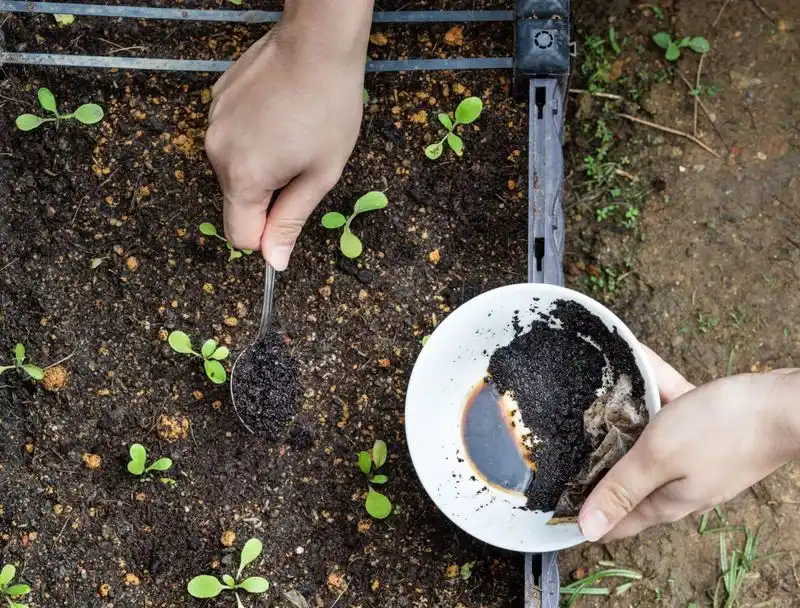
While coffee grounds can be beneficial, they are not a one-size-fits-all solution. High acidity can hinder some plants, so it’s wise to apply them sparingly or compost them first.
Used properly, coffee grounds can enrich soil and deter pests. Understanding your garden’s specific needs and balancing amendments can unlock their potential benefits.
Myth 11: Clay Soil is Impossible to Work With
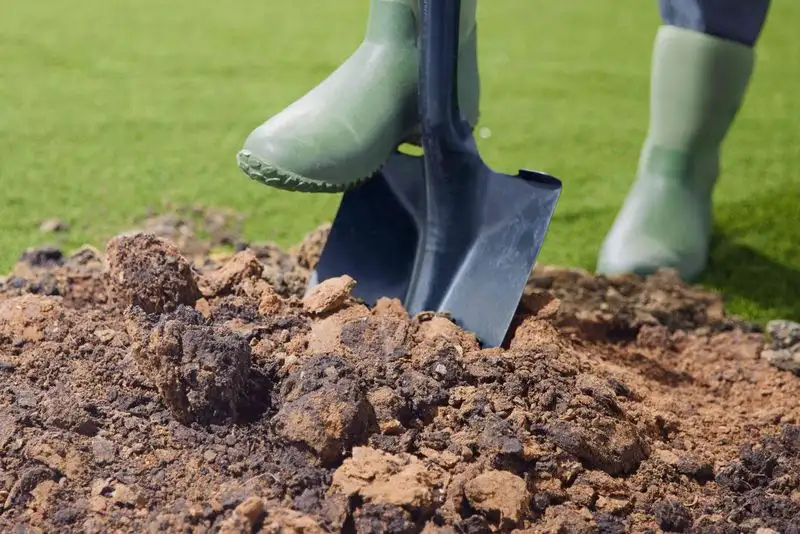
Clay soil has a reputation for being stubborn, but it’s not impossible to cultivate. Although it drains slowly, clay is nutrient-rich and can support lush gardens with proper care.
Amending clay with organic matter like compost improves drainage and texture. Patience and planning can transform clay into a productive growing medium.
Myth 12: Insects Only Harm Plants
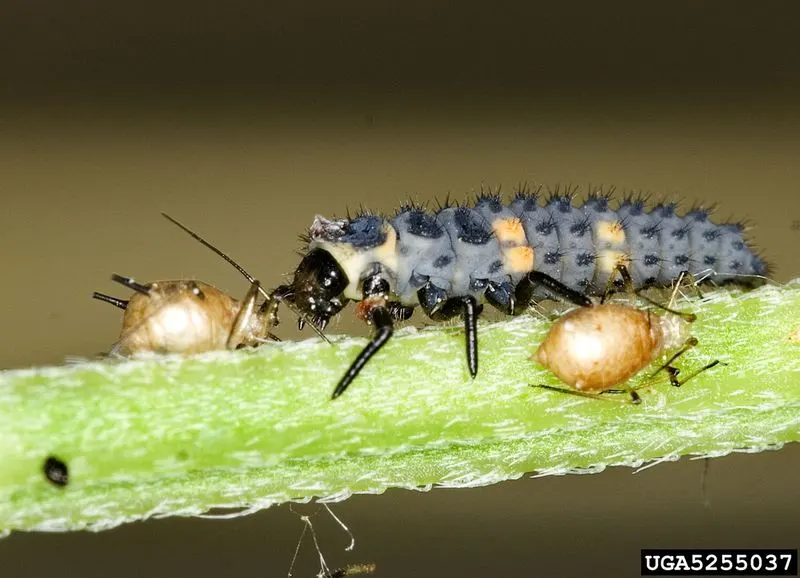
Not all insects are foes to your garden. Many, like ladybugs and bees, play vital roles in pollination and pest control, bolstering plant health.
Recognizing and welcoming beneficial insects can lead to a thriving, balanced ecosystem. Sometimes, a few bugs are the unsung heroes of your garden’s success.
Myth 13: You Must Rake Leaves to Protect Your Lawn
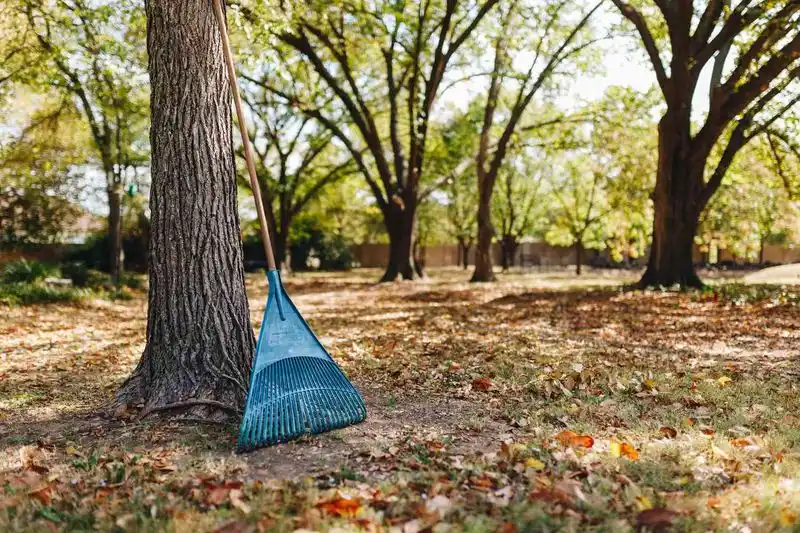
Raking leaves is commonly thought necessary to protect lawns, but leaving them can benefit the environment. Fallen leaves decompose, providing nutrients to the soil.
A layer of leaves serves as a habitat for insects and small creatures, enriching biodiversity. Mulching leaves into the lawn can be particularly effective, contributing to a healthier ecosystem.
Myth 14: Rocks at the Bottom of Pots Improve Drainage
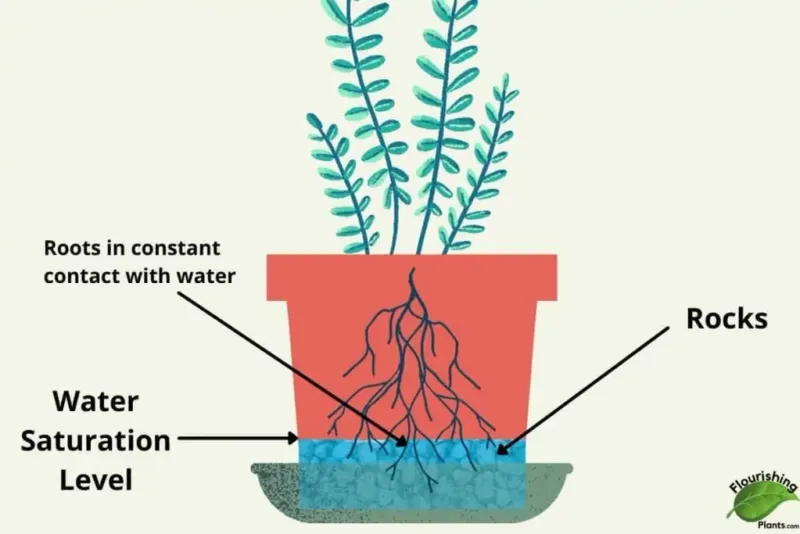
Placing rocks at the bottom of pots is believed to enhance drainage, but it often does the opposite. Water tends to sit above the rock layer, leading to waterlogged roots.
Using well-draining soil and properly sized containers ensures better root health. Rethinking traditional practices can lead to more effective gardening solutions.
Myth 15: Talking to Plants Helps Them Grow
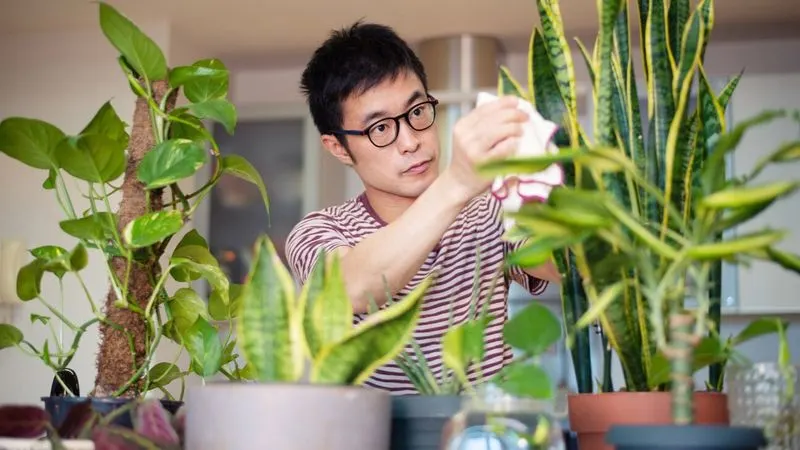
The concept of talking to plants is charming but scientifically unproven. While plants respond to sounds, it’s the care and attention given to them that truly fosters growth.
Providing the right environment, including proper light and nutrients, has a more significant impact than verbal encouragement. Connection with plants might be beneficial for the gardener’s well-being, though.
Myth 16: Chemical Fertilizers are Always Harmful
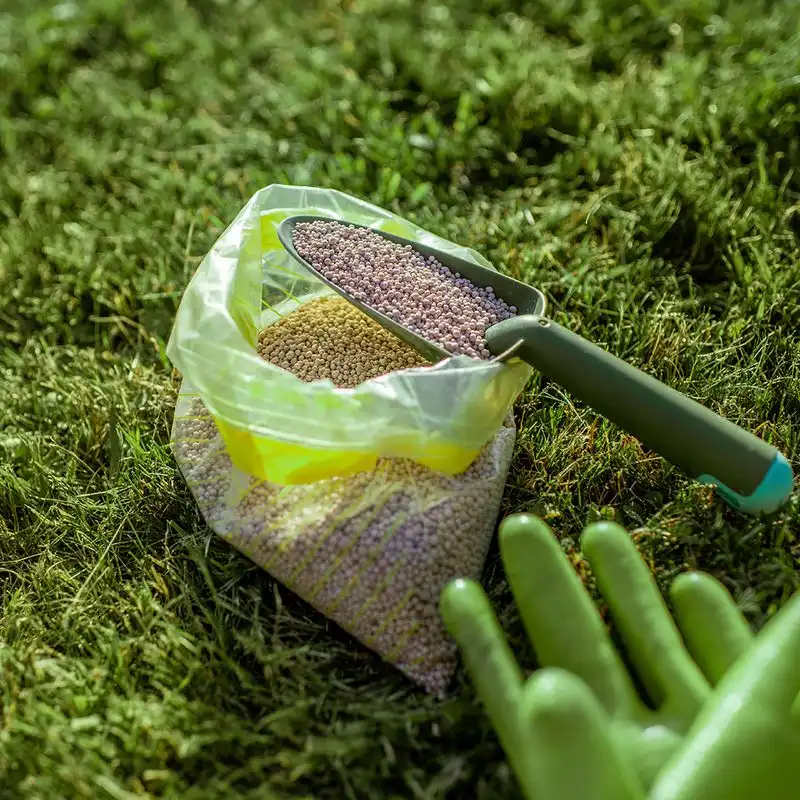
Chemical fertilizers have a bad reputation, but they’re not inherently harmful. When used correctly, they provide essential nutrients for plant growth.
Understanding soil needs and applying fertilizers judiciously prevents environmental damage. Balance and knowledge are the keys to their effective use.
Myth 17: You Can Prune Trees Anytime
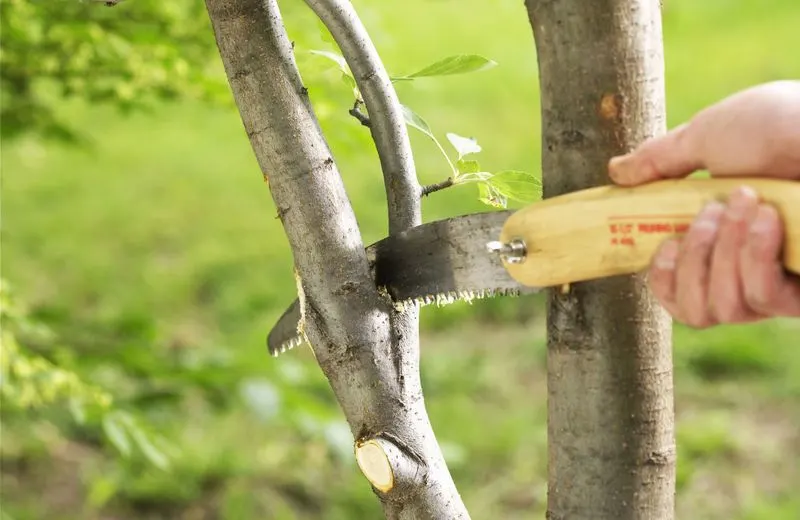
Pruning trees is often misunderstood, and timing is crucial. The wrong season can stress trees, leading to disease susceptibility.
Winter or early spring are generally best for pruning, allowing trees to heal before the growing season. Knowledge of species-specific needs ensures healthier trees.
Myth 18: Drought-Tolerant Plants Don’t Need Water
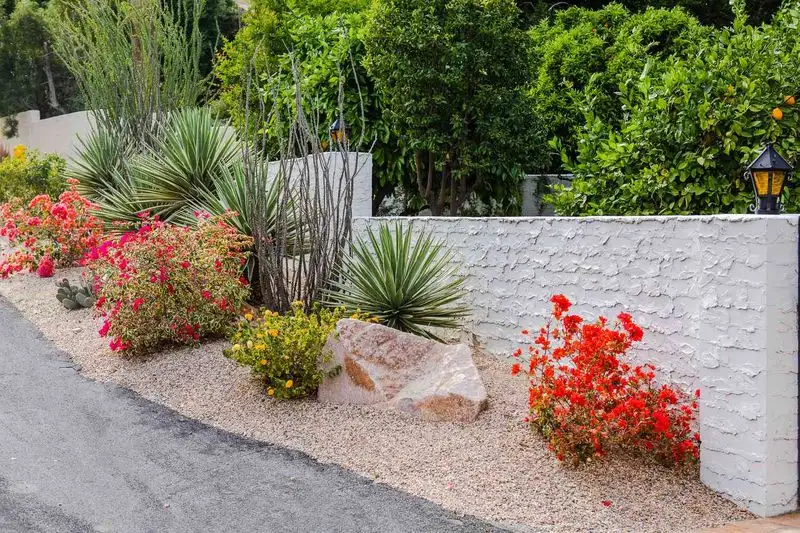
Drought-tolerant plants are resilient, but that doesn’t mean they need no water. During prolonged dry spells, they benefit from occasional watering to maintain vigor.
Understanding the balance between natural resilience and care requirements ensures these plants thrive. Adaptation to local conditions is vital for success.
Myth 19: Sunflowers Always Face the Sun
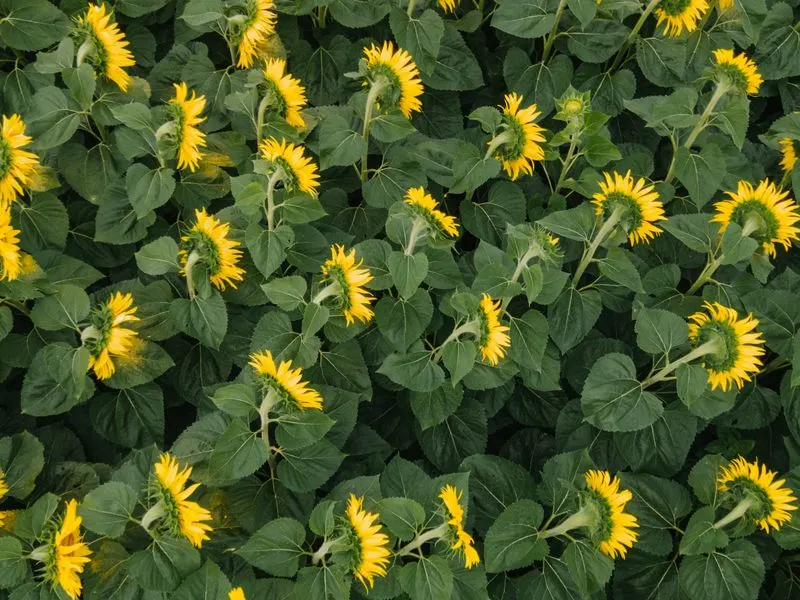
The belief that sunflowers always face the sun is widespread but not entirely true. Young sunflowers track the sun, a behavior known as heliotropism.
Mature sunflowers, however, usually face east. Understanding plant behaviors adds depth to gardening knowledge and appreciation of nature’s intricacies.
Myth 20: Landscaping Fabric Solves All Weed Problems
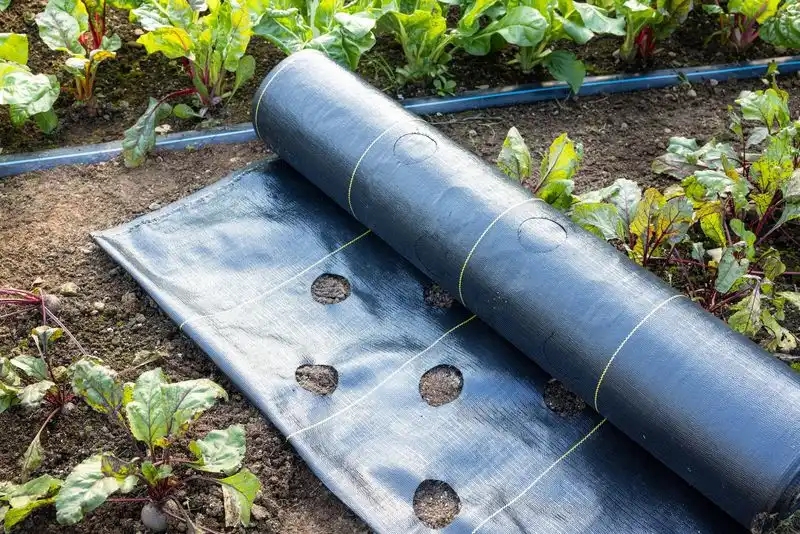
Landscaping fabric is often seen as a permanent weed solution, but it has limitations. Weeds can grow through or around it over time.
While useful for temporary measures, combining fabric with mulch or other techniques enhances its effectiveness. A multifaceted approach often yields the best results in weed management.

